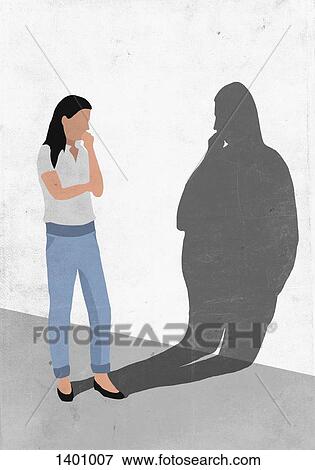
John of the Cross to the psychological abyss of Novalis (434-435). In The Reverse of the Visible, cultural critic Max Milner proposes an infinity of shadow nuances, depending on the artist or writer, from Leonardo’s gentleness to Caravaggio’s brutality to the horror of Goya, from the saving darkness of St.
#FAQT SHADOWS FREE#
Art historian Victor Stoichita’s A Short History of the Shadow describes the shadow as a self-reflection, as a proof of human incarnation, as a witness to the artist’s presence, as a dark double, as an image of human identity, and, in modern art, as an artistic free agent, as important as “the real thing” (132-133). Either shadows are so often used figuratively and unconsciously, like dead metaphors, that audiences don’t even see them, or they are so pervasive and so varied in their application that they elude our conceptual grasp almost as readily as they do our hands. There is a similar difficulty regarding the study of shadows. The Oxford English Dictionary lists some sixteen separate definitions of shadow, with some forty further nuances, ranging in connotation from the extremely positive to the direly negative, deriving from those primary meanings.ģ And yet the role that shadows play in artistic expression is not very well established.Ĥ In one of the few books on shadows for a general audience, Roberto Casati suggests that shadows have been scarce in Western art until recently because they are so hard to render effectively (156). Shadows cross our faces and minds, past events or future enemies lurk in the shadows, heroes or villains named “the Shadow” entertain us with their incredible deeds. We speak of our individuality and solitude in terms of “me and my shadow” we fear the shadow of death we scrutinize a government or a supposed criminal with a shadow cabinet and a detective “shadow” we find people guilty beyond the shadow of a doubt and under the shadow of good or evil omens we shape our behavior and live our lives. In everyday usage real and metaphoric shadows seem to be inextricably mixed. And yet we constantly evaluate shadows in our environment, as we figure out where to reach or to walk, as we turn or look or we flinch protectively.Ģ That process spills over into the way we look at the world in a symbolic sense too. Many scientific and practical breakthroughs, from the shape of the earth to the speed of light, have come from using shadows to measure size, shape, and distance, but we don’t treat them with the same respect we give to a body of knowledge or a scientific instrument. We use them to detect motion, location, depth, danger, and a host of other contingencies. Unconsciously and automatically we notice, evaluate, and decipher the meaning of shadows-shadows of people, things, or actions. “Shadow-work” is going on around us all the time. But few pay attention to a parallel phenomenon. Many of us are familiar with what Freud called the “dream-work”-the activity through which our dreams express and respond to our unconscious desires. In fact, shadows generally get less attention than the Unconscious itself. I have a little shadow that goes in and out with me,Īnd what can be the use of him is more than I can see.ġ Shadows are always with us, but as Stevenson says, their “use” is hard to grasp. La tension entre l’ombre et la substance qui informe tant de pages consacrées aux modes de perception humains constitue une partie intégrante de ce processus dans lequel les lecteurs sont guidés vers du concret - un objet, un événement, une révélation - intervenant ailleurs dans l’espace et le temps et venant combler les attentes suscitées par l’ombre chimérique. Les critiques ont dans l’ensemble négligé la qualité narrative des ombres, mais de l’allégorie de la caverne de Platon aux techniques liées à la prolepse (foreshadowing en anglais) en passant par la typologie chrétienne, les ombres jouent un rôle essentiel lorsqu’il s’agit de diriger notre attention vers des événements futurs.

Je m’attache ici à explorer l’utilisation des ombres dans la littérature anglaise, particulièrement chez Shakespeare et Dickens.

Cette étude présente quelques éléments devant trouver leur place dans un ouvrage consacré au traitement des ombres en littérature et dans les arts visuels, actuellement en cours de rédaction.


 0 kommentar(er)
0 kommentar(er)
